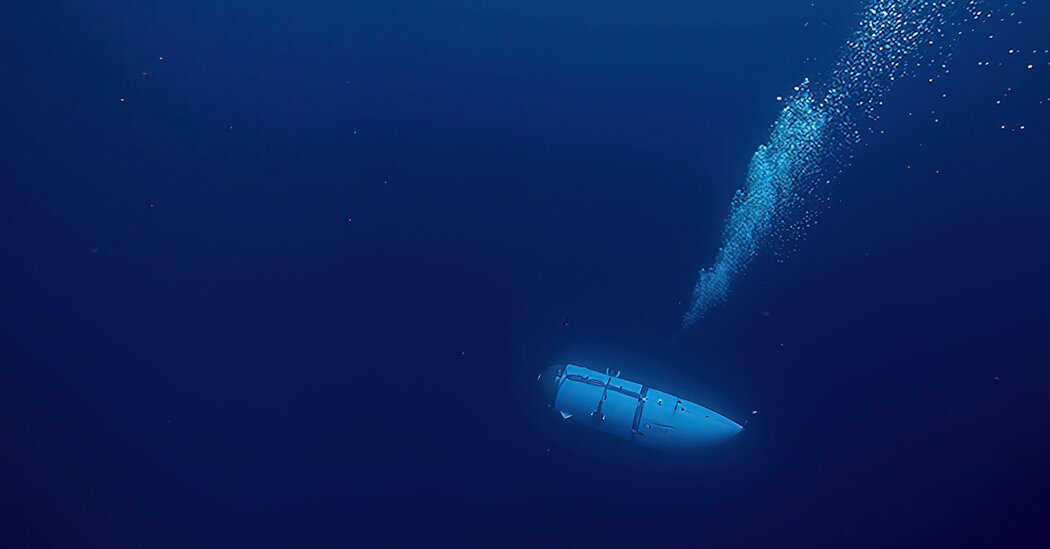
Mr. Stern, the planetary scientist with a background in aeronautics, said that he had not known about some of the concerns that had come to light since the accident, like the letter from the submersible experts.
He returned safely from the expedition, impressed by the protocols.
“I fully recognized that implosion could be the way that our dive ended,” Mr. Stern said. “My own estimation was that Titan had dived dozens of times — not all of them to the Titanic — and for me, that was an empirical indication that they were running a pretty reliable, safe operation.”
Mr. Price recalled some of the analogies he had heard used onboard to explain what it would be like to be crushed by extreme pressure in the deep ocean. One was that of a Coke can smashed with a sledgehammer. Another was an elephant standing on one foot, with 100 more elephants on top of it.
Death would be instantaneous.
“In a macabre way,” Mr. Price said, “it was reassuring.”
On the Polar Prince
All of the expeditions began in St. John’s, Newfoundland, on the eastern edge of the North American continent, tucked deep into the claw of a narrow harbor.
The Dawoods flew to Toronto on June 14. A canceled flight to St. John’s gave them time to explore the city, but when the next day’s flight was delayed, they feared they would miss the Titanic trip completely.
“We were actually quite worried, like, oh my god, what if they cancel that flight as well?” Ms. Dawood said. “In hindsight, obviously, I wish they did.”
They arrived in the middle of the night and went straight to the Polar Prince, a former Canadian Coast Guard icebreaker and buoy tender that was built in 1959 and used by OceanGate this year.